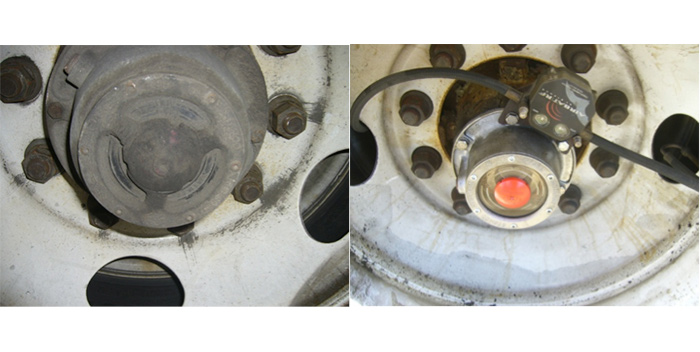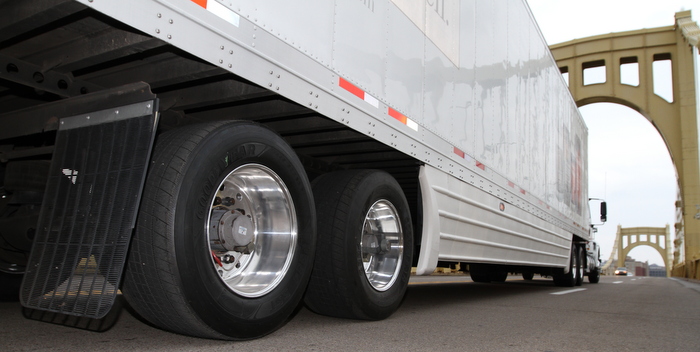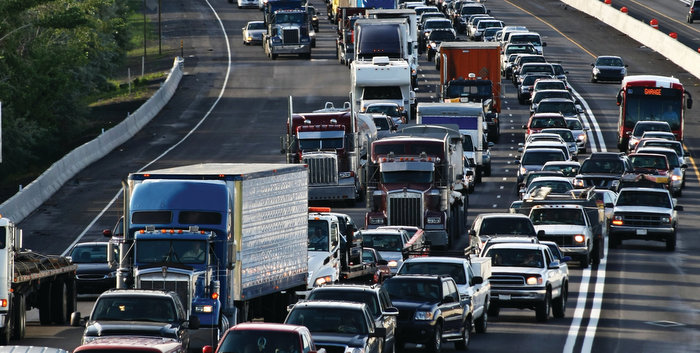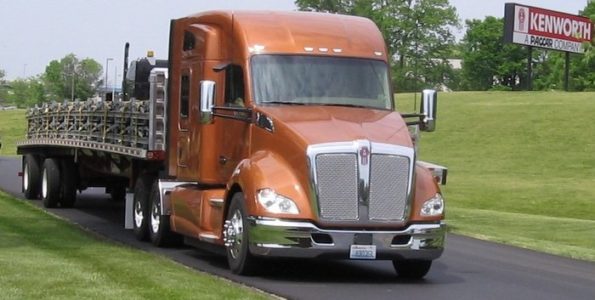Most fleets have fairly well-established preventive maintenance procedures, but there may be some areas that are overlooked. According to Rick Martin, manager of training for ArvinMeritor, “With the new federal requirements for driver criteria and operations of vehicle maintenance being part of the CVSA 2010 initiative, one can hope that PMs will be done in a consistent and timely way. This may mean more fleets will need to start paying more attention and dollars for vehicle maintenance and PMs.”
Martin goes on to say that he has noticed a trend with some dealers that the fleets are now contracting with the name plates for full maintenance contracts. This also makes the dealer pay closer attention to inspections, PMs and their costs, as well.
“Everyone is looking for lower total-cost-of operation and catching components at a PM before they fail is a means of achieving that,” Martin says. “There will be a continued emphasis on training and we’ve seen the PM pressured with cost reduction demands/spending limits due to economic ups and downs. I suspect there will always be pressure to remove cost from the PM. And as we all know, saving dollars up-front will cost more dollars in the overall cost per mile during vehicle life. Additionally, the technician performing the PM should be the ‘A’ technician. The ‘A’ technician is more knowledgeable on vehicle system operation and is more likely to discover a system or component issue over a ‘C’ technician who only changes oil and filters and is not as technically competent.
Martin notes that some fleets are taking warranties more seriously than ever. “Just recently, one fleet contacted our district service manager saying it wanted to know what the ‘total warranty’ was on all the component parts on its fleet of 60 new trucks,” he says. “The fleet is putting together what the warranty is and what is needed for PM to keep up with that warranty. They compiled this list to fully get the 100% benefit of the warranties they have coming to them. They have told me that they were surprised that some components had so little warranty, while others had extended coverage that reached far into a vehicle’s life.”
Martin goes on to note that these PM items may be overlooked:
• Transmission and rear drive axle lube level and condition
• Grease fittings that are not easily accessible
• Wheel bearing lubricant level and condition
• Driveline looseness
• Driveline angularity
• Air ride height setting
• Brake chamber type consistency/wheel end to wheel end; ie, long stroke/standard stroke
• Improper lubricant type used or greases of poor quality
• Wheel bearing end-play measurements, especially when single wide-based tires are used
• Brake adjustment inspection/ASA operating correctly and foundation brake system condition; ie, free stroke and chamber applied stroke
• Changing of axle lubricant at recommended intervals
According to Martin, it is going to be even more important for drivers to be tuned in to the vehicle’s operation with CVSA 2010. They will need to conduct a more thorough walk-around/pre-trip inspection, which includes checking brake condition, moisture in air tanks, fluid leaks, etc.









